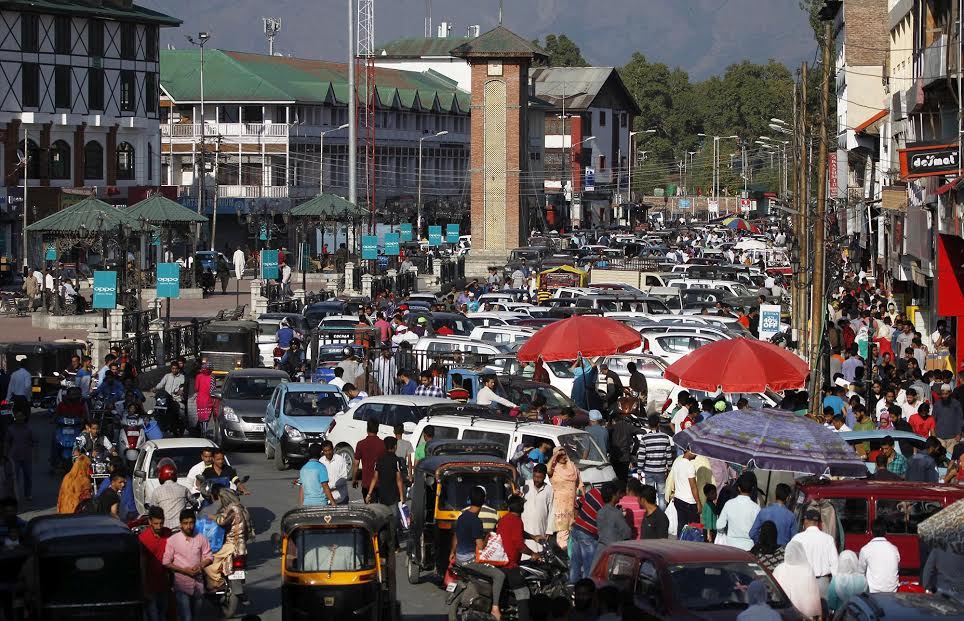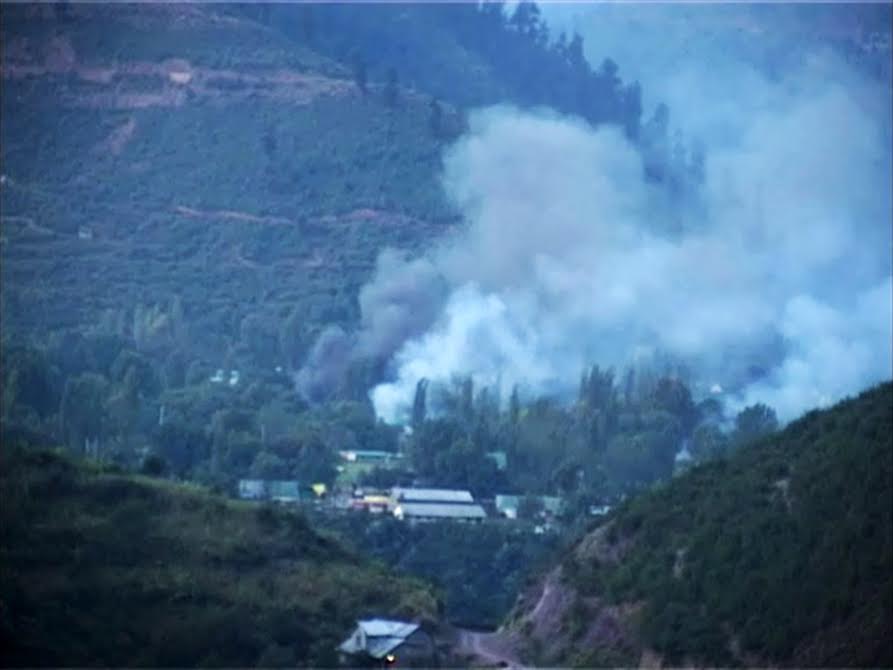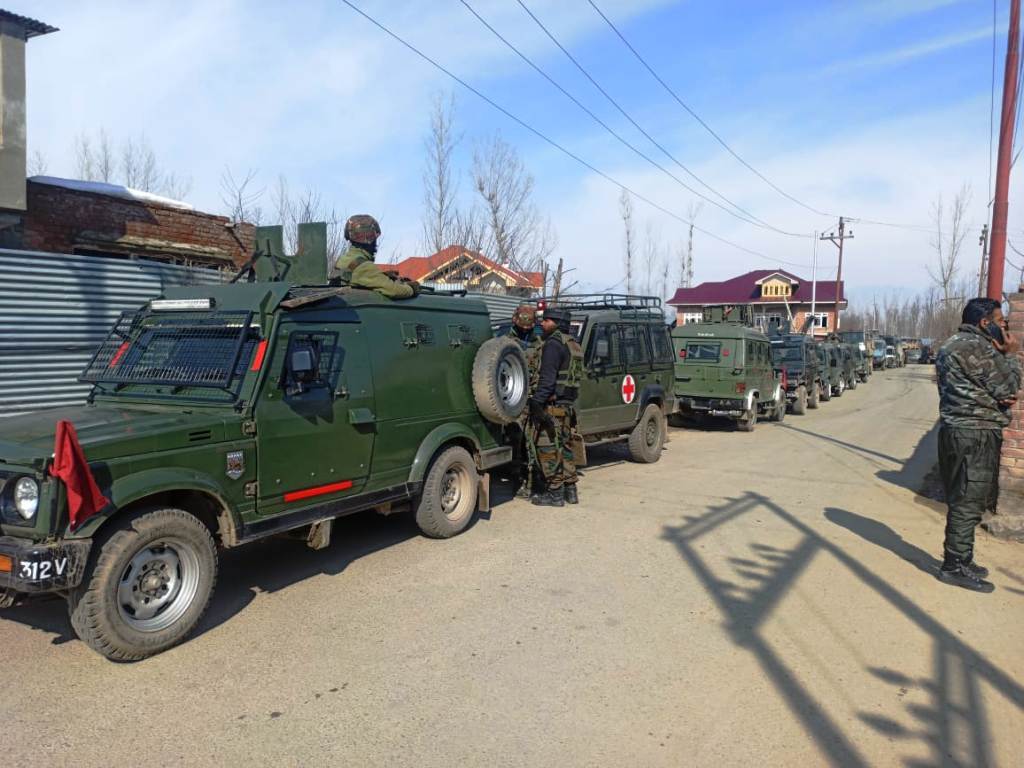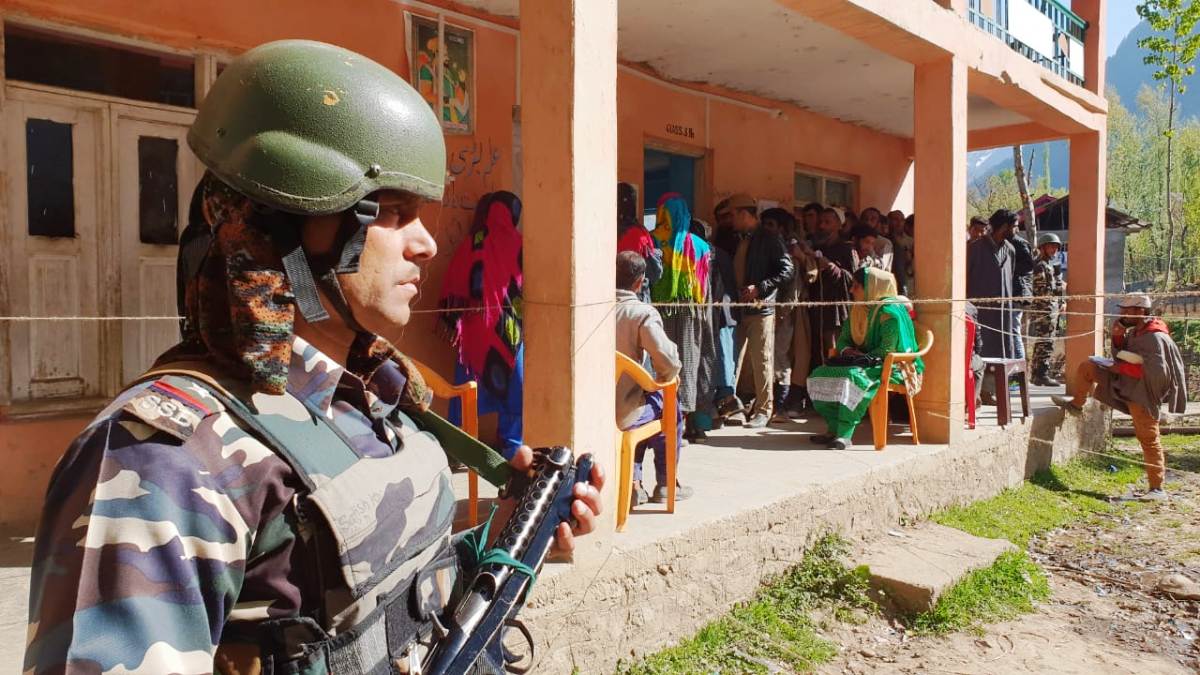 KL NEWS NETWORK
KL NEWS NETWORK
SRINAGAR
Kashmir’s 2016 unrest that started with the killing of teenage techie-rebel Burhan Wani, completes 100 days on Sunday. It witnessed killing of 93 persons, mostly youth, as upward of 13000 people are reported injured, some surviving crippled and some blinded. Authorities have so far rounded up around 7000 people including aged and minors.

For most of these days the life remained almost frozen, with state government imposing curfew restrictions and the strikes sponsored by the separatists. Normally life would be visible only during limited hours when the separatists would offer some relaxation. Though initially the government interrupted the relaxation hours, it later relented and permitted life to get some routine.
During all these days schools, businesses, manufacturing and the offices remained cortically impacted. Though key government offices and banks have resumed routine in most of the cases, all other activities are grounded. The economic losses are estimated to be upward of Rs 10,000 crore. Certain sections say the loss of education to the children is huge but cannot be quantified in volume and costs.

Off late, the “relaxations” are more relaxed than the initial days as the businesses manage a bit of business and the markets remain open for many hours. However, the manufacturing facility has not resumed its activity so far, even though, there has been no restriction during the nights from either side. The halt in local manufacturing has led to massive capital flight as reentry of the substitute brands from plains.
Telecommunication sector suffered massive losses as all the service providers had major chunk of their clients blocked for security reasons. Communication clampdown was key to the state counter, though it lacked any impact on ground. Though the pre-paid mobile services were restored on day 99, the sector would take many quarters to manage its losses. The state government, however, helped the state-owned BSNL to make brisk business by keeping this service live. As the mobile operators are back to business, they are facing a new challenge: Jio. This service promoted by the Ambanis’ is offering free data for three months and has already managed 100 thousand subscribers in Kashmir alone.
Interestingly, however, the entire private sector is under severe stress. Estimates suggest that more than half a million workers in the private sector has had no salary in last two months.

With Pakistan jumping in on diplomatic level, Kashmir is again internationalized as Islamabad’s envoys have flown to various countries to raise the issue. Pakistan premier personally spoke on Kashmir in the UN general assembly.
Within a month after the unrest started, UN Human Rights Council (UNHRC) had sought permission for visiting Kashmir to investigate state of human rights but Delhi did not grant it any permission.
But the change-maker was the Uri incident in which 20 soldiers were killed in a militant attack in a border army base. This incident, ahead of Nawaz Sharief’s UN Speech, changed the discourse and sent war clouds to the region that was highlighted by the ‘surgical strikes’. Then, many other encounters – the latest being the destruction of an EDI building, followed, suggesting militant actions are being superimposed on civil unrest, thus creating a new situation. However, official sources have claimed that civil unrest has impacted the grid adversely. This year 65 security men were killed in militancy related incidents, which is highest in last six years.

The unrest has already led to almost annulling of the 2003 ceasefire as tens of thousands of people migrated fearing a fresh war. The 100th day in fact coincided with a fresh exchange between the rival armies in Naushehra. Already the shelling has led to the decimation of a market in Poonch. The tensions, however, have speared cross-LoC trade and travel.
As the separatist leadership is busy seeking suggestions from civil society on what next, the commoners are trying to understand, if at all, has there been any development that could compensate the bleeding summer. The only beneficiaries, as one baker in an uptown shop pointed out, are France and Russia because they successfully signed defence deals with Delhi.















